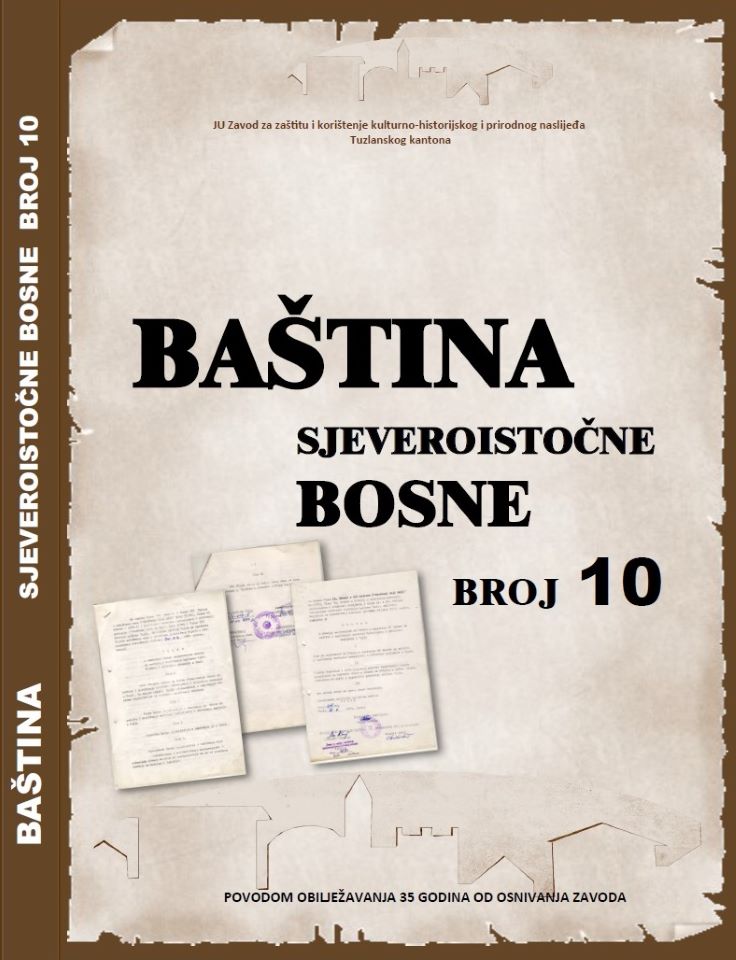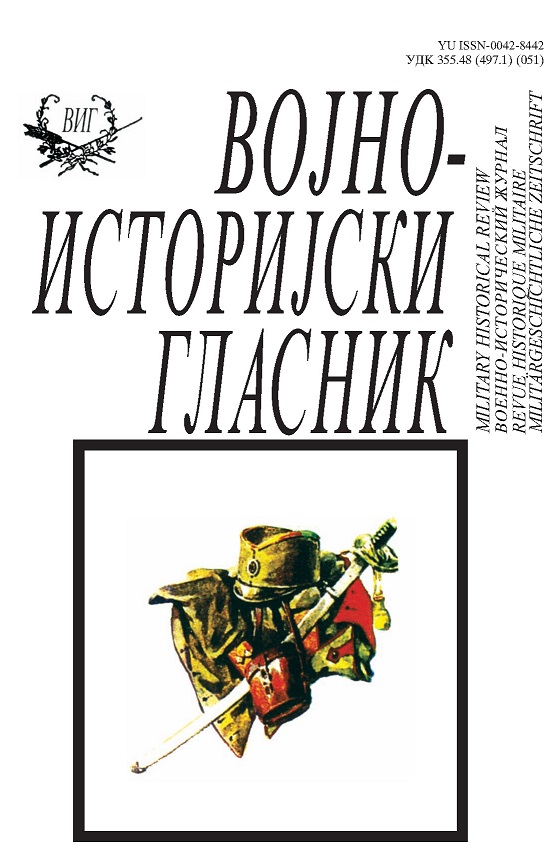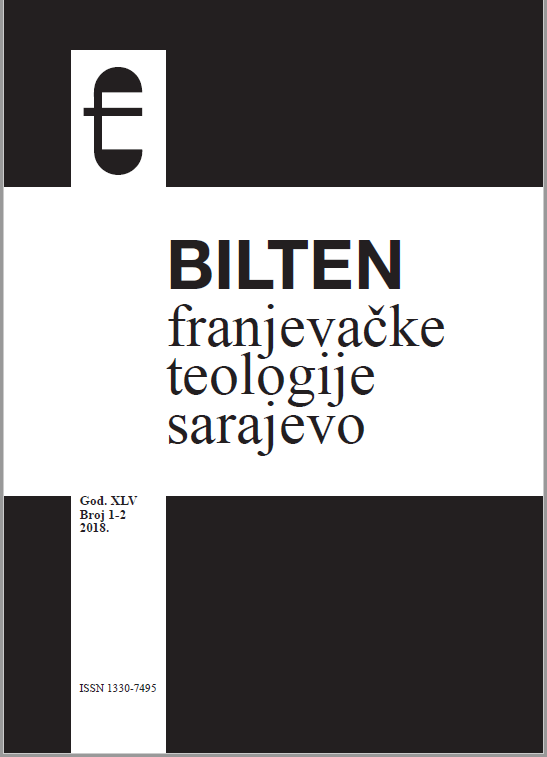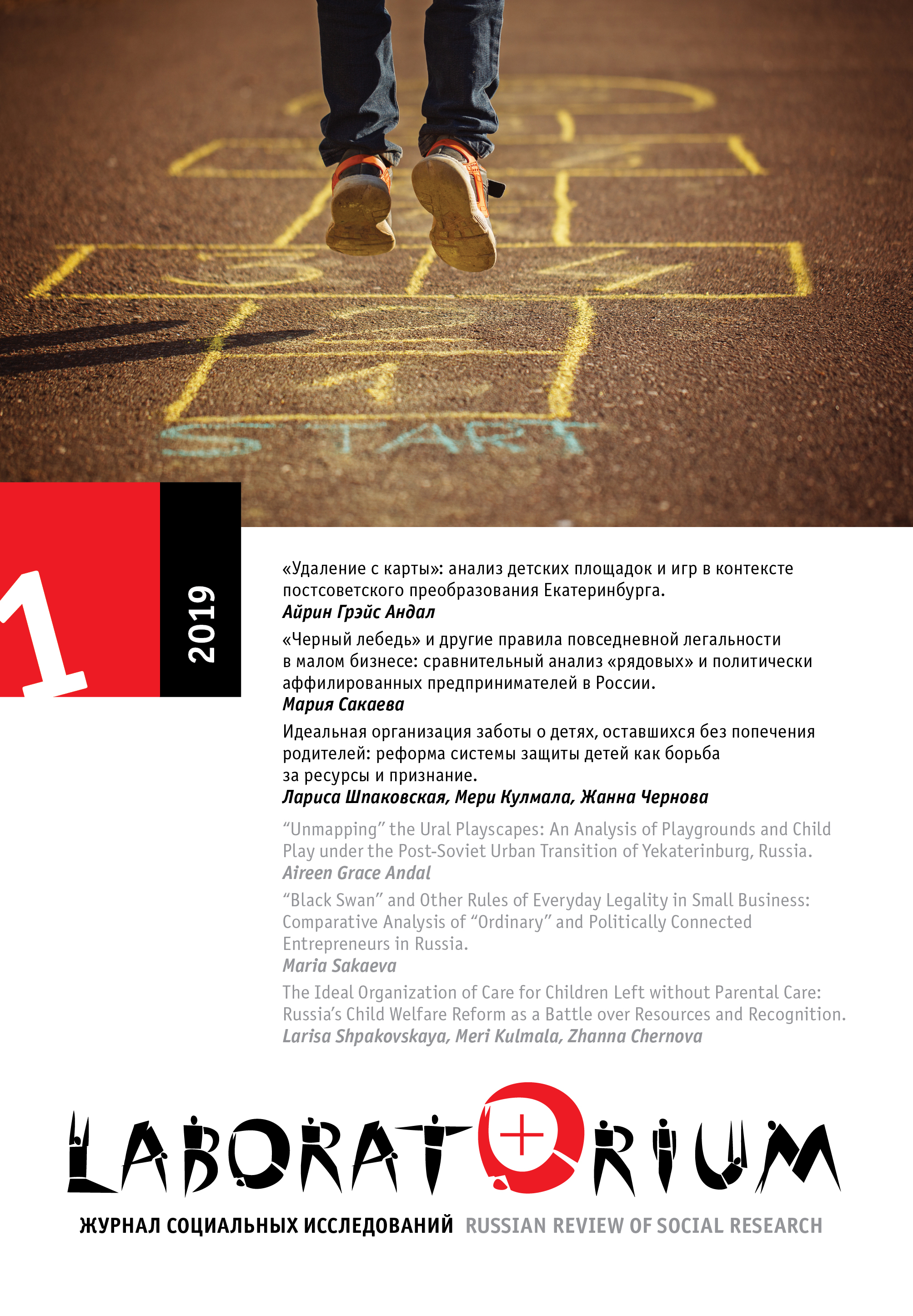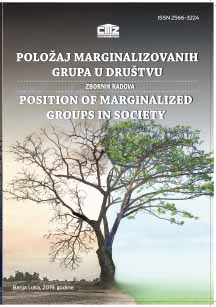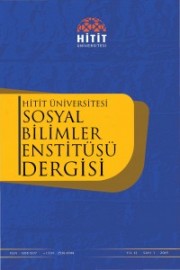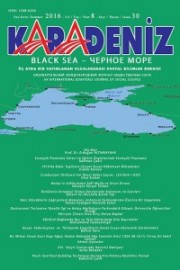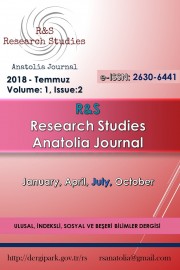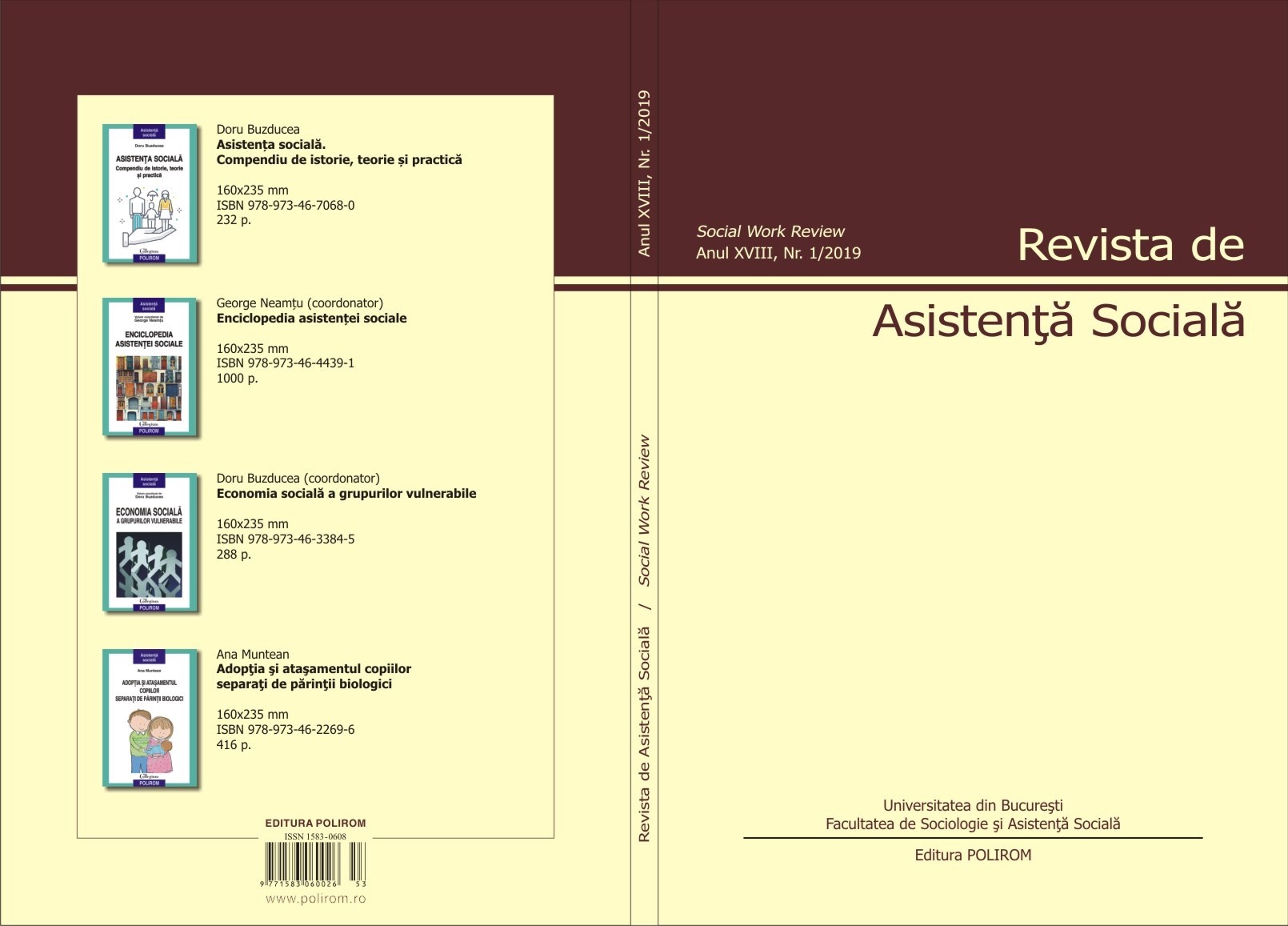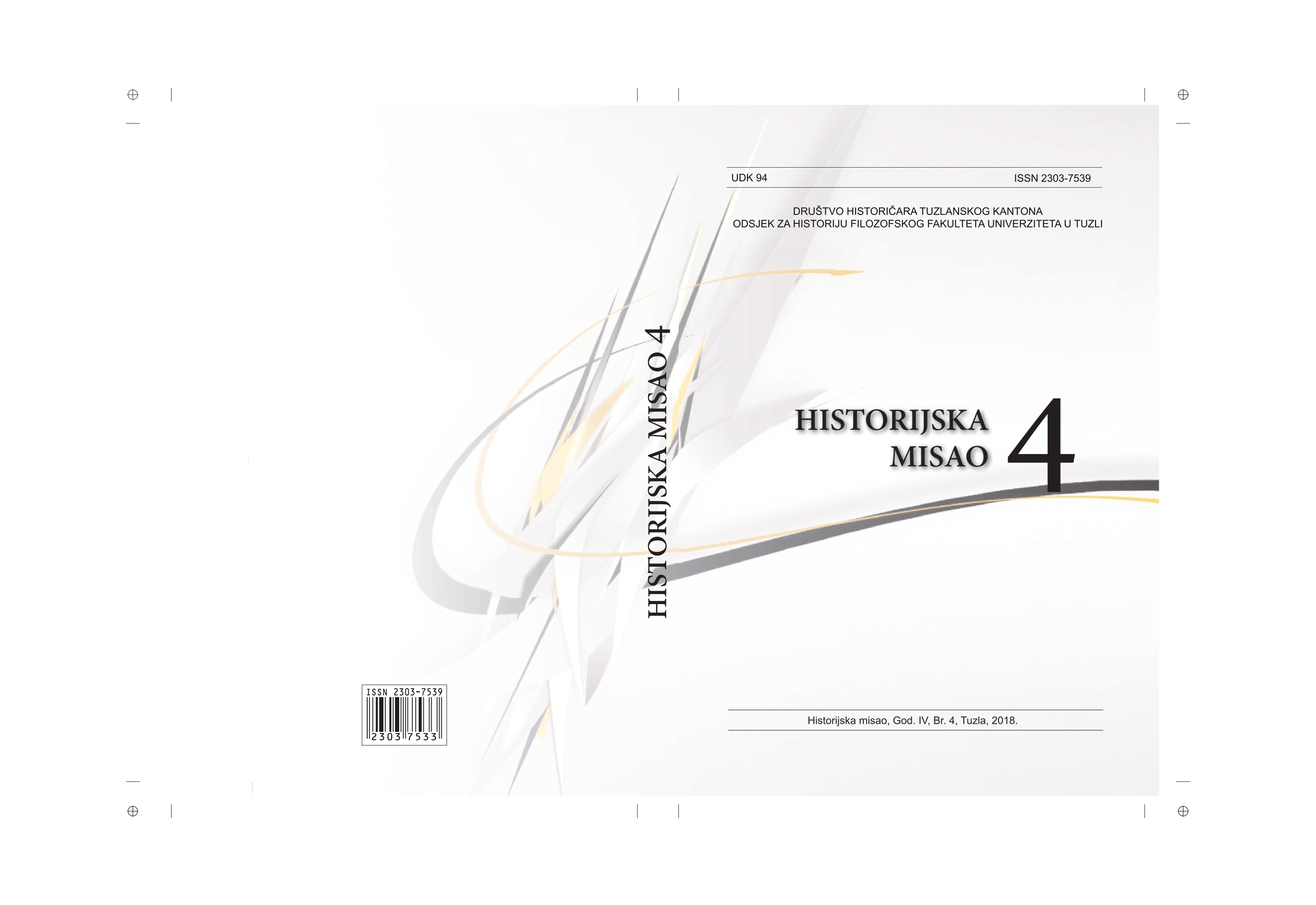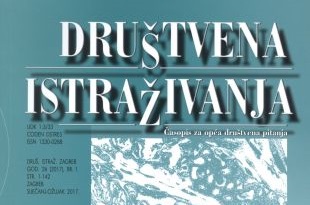
STAVOVI HRVATSKIH STRUČNJAKA PREMA SPOLNOM ZLOSTAVLJANJU DJECE
The aim of this paper is to present the attitudes of Croatian professionals towards child sexual abuse. The research included 253 professionals: social workers, psychologists, special educators, teachers, school-child physician and lawyers. Questionnaires were distributed at their work place or during the professional gatherings. Analyses of results show that: (1) professionals have demonstrated a well developed cognitive component, positive emotional relationship towards child sexual abuse victims and competence to take effective actions; (2) professionals have strong educational needs in the area of their profession and particularly for interdisciplinary education; (3) there has been 15.01 percent of professionals who experienced sexual abuse in childhood but they do not differ significantly from the sample as a whole on other variables. The complexity of child sexual abuse, high number of undetected cases and long-term consequences together with the results of the research clearly indicate the need for creating and improving preventive and protective programs in Croatia with special emphasis on interdisciplinary coordination.
More...
